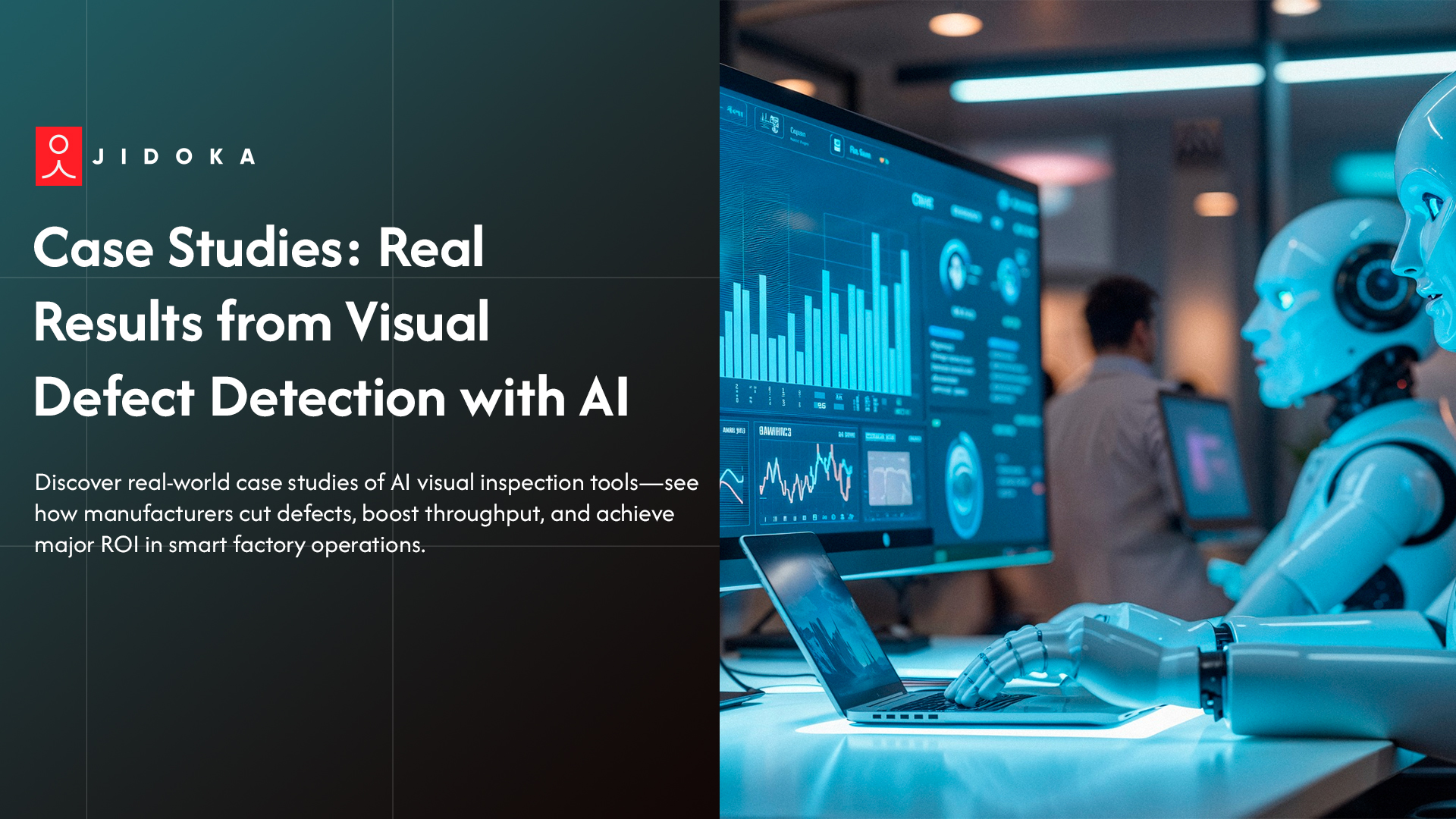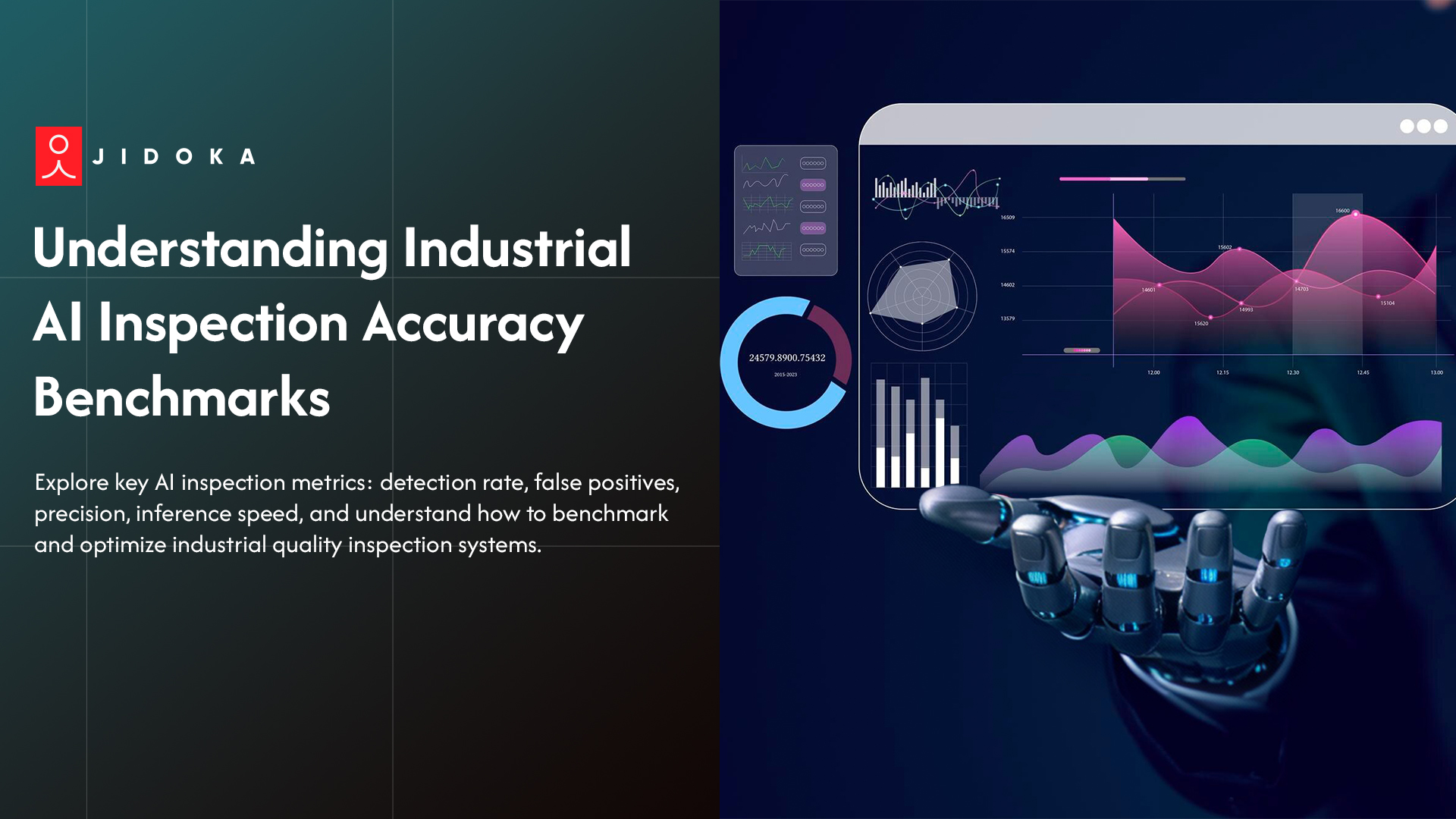A single label error seems small, but it’s a massive liability. Faulty labels were the #1 cause of U.S. food recalls in 2024. That’s a direct hit to consumer trust. As we move into 2025, the pressure mounts.
Strict FDA enforcement and zero-tolerance consumers drive the market for label inspection systems. For U.S. CPG and Pharma brands, manual checks are no longer an option.
This guide explains modern, automated label inspection. We cover how packaging label inspection safeguards your products, brand, and bottom line.
What is Label Inspection (And What Isn't It?)
Let's clear up what this process actually involves.
Label inspection is an automated process. It uses machine vision and software to verify 100% of your product labels for accuracy and quality before they leave the factory. This isn't just "spot-checking", that old 1-in-100 manual glance.
A modern vision inspection system scans every single item on a high-speed line. It's a non-negotiable label quality control gate for all packaging label inspections. This automated check is essential because it prevents catastrophic errors from reaching consumers.
Relying on "good enough" manual checks is a costly mistake that leads to major problems.
The High Cost of "Good Enough": Top 5 Label Errors Driving U.S. Recalls
Mistakes in packaging lead directly to recalls, lawsuits, and lost consumer trust. Manual inspection just can't keep up with the complexity and speed of modern production. Human inspectors get tired, and their detection rates drop fast.
Here are the top errors that automated label verification systems are built to catch.
1. Undeclared Allergens: The #1 Culprit
This is the most dangerous and common error. Undeclared allergens account for over 83% of all label-related CPG recalls. It often happens during a changeover, where a "contains nuts" product gets the "nut-free" label by mistake.
2. Incorrect Barcodes & QR Codes
Unscannable or wrong codes break your entire supply chain. Proper barcode verification is essential. A single bad code can lead to big retailer fines and completely shut down your product traceability efforts.
3. Misinformation: Wrong Version, Expiry, or Lot
This error happens when an outdated label file is used or an incorrect expiry date is printed. This is a critical failure where the printed lot or date code doesn't match the master data for that production run.
4. Print & Finish Flaws
You also have to worry about label printing errors. These are the smudges, smears, missing text, or improper placement that make your product look unprofessional and non-compliant. This includes color issues, skewed text, or labels that are wrinkled or peeling.
5. Regulatory Non-Compliance (FDA, UDI)
This means missing or incorrect information mandated by law. For food, it could be an outdated Nutrition Facts panel. For medical devices, it's often a missing symbol or a failure in UDI compliance, both critical FDA label requirements.
So, what specific technology catches all these problems?
The Tech That Makes It Possible: From Machine Vision to AI-Powered OCR for Packaging
Today's label inspection is powered by a new generation of smart technology. These systems see and think, catching errors the human eye would miss in a millisecond.
1. High-Resolution Vision Systems
This starts with vision inspection systems. These are smart cameras and sensors that capture crystal-clear images of labels. They can even see text on curved surfaces or on packages moving at high speeds. This high-resolution capture is the first step for any good packaging label inspection.
2. AI and Deep Learning
AI and deep learning are the new standard for 2025. These AI models learn your specific packaging. This is important because it heavily reduces "false positives" in your label inspection process. The system learns to identify complex, hard-to-define defects that older systems would miss. This makes your automated quality control much smarter.
3. Advanced OCR for Packaging (Optical Character Recognition)
We also have advanced OCR for packaging. This goes beyond simple text reading. Modern OCR for packaging (Optical Character Recognition) verifies text against a database. It also checks for correct font and formatting. It can accurately read characters on reflective, distorted, or low-contrast surfaces.
4 All-in-One Verification
Finally, modern systems provide all-in-one verification. They inspect multiple things at once. A single label inspection pass can check the text (using OCR for packaging), verify the barcodes, check print quality, and confirm label placement. This automated label verification is the gold standard for label inspection.
But these systems are not just a safety net; they are an investment that pays for itself.
More Than a Safety Net: The ROI of Automated Packaging Label Inspection
Implementing a robust packaging label inspection system isn't a cost—it's an investment with a clear and rapid return. It shifts your automated quality control from a defensive bottleneck to a competitive, data-driven advantage.
1. Avoid Devastating Recall Costs
A single food recall costs an average of $10 million in direct expenses, not including brand damage or lost sales. An automated label inspection system is your best insurance policy. Preventing just one recall often pays for the entire system, sometimes instantly.
2. Guarantee 100% Quality Control
Automated label verification ensures every single product perfectly represents your brand. It moves you from insecure, random spot-checks to 100% verification. This protects your "golden sample" standard, ensuring the first product of a shift looks just as good as the last.
3. Enable Full Product Traceability
A modern label inspection system creates an image archive of every product that passes. This is practical proof. When a retailer disputes a shipment or a consumer has a complaint, you can pull the exact image record in minutes. This digital record is also essential for meeting product traceability and UDI compliance rules.
4. Increase Throughput and Efficiency
Manual inspection is a line-speed killer. Automated quality control breaks that bottleneck. You can redeploy human inspectors from tedious, repetitive checking to more valuable work, like root cause analysis. This allows you to run your production lines at their maximum rated speed without sacrificing label quality control.
This clear return on investment shows why a modern solution is so valuable.
How Jidoka Tech Can Help You Build a Zero-Error Production Line
At Jidoka Tech, we deliver cutting-edge label inspection solutions tailored for the high-stakes U.S. market. With 48+ trusted customers worldwide and 100+ successful implementations, our systems are proven to stop errors before they become recalls. We give you 100% confidence in your label quality control.
- AI-Powered OCR: Our advanced OCR for packaging reads and verifies text, dates, and codes with over 99.95% accuracy, even on curved or reflective surfaces.
- Total Verification: We inspect everything in one pass—text, barcodes, print quality, and label placement—at high speed.
- Rapid Integration: Our solutions are designed to fit into your existing production lines with minimal disruption.
Move from random spot-checks to guaranteed compliance. Ask us how our label inspection systems work → Jidoka
Conclusion
Relying on manual spot-checks for label inspection is a losing game. Human inspectors get tired, and old vision inspection systems that are not AI-powered just create a high number of false positives.
With billions in recall costs on the line from label errors in 2024, a single missed allergen or a bad barcode isn't just a mistake, it's a financial and reputational crisis waiting to happen. The question isn't if your manual label quality control will fail, but when.
Jidoka’s automated label inspection solutions remove that fear. By leveraging AI and advanced OCR for packaging, you move from random checks to guaranteed 100% packaging label inspection. Don't wait for a recall to force your hand.
Connect to Jidoka today to make your label inspection process recall-proof.
FAQs
1. What is the most common label error in the U.S.?
A1: The #1 error driving CPG recalls is undeclared allergens, causing over 83% of 2024 recalls. This critical label quality control failure highlights why robust label inspection is so important. A single mistake can be dangerous, making automated checks for undeclared allergens essential for food brands.
2. What's the difference between OCR and OCV?
A2: OCR (Optical Character Recognition) reads text, while OCV (Optical Character Verification) confirms it's correct. This check stops label printing errors. Modern label inspection systems use advanced OCR for packaging to perform both tasks. This combined automated label verification ensures the text on your product is 100% accurate.
3. Can a vision inspection system check labels on round bottles?
A3: Absolutely. Specialized vision inspection systems use 360-degree, multi-camera setups for this exact task. They scan the entire surface of round or curved items as they rotate. This makes high-speed packaging label inspection and automated quality control possible for any product shape, ensuring no part of your label is missed.
4. How does AI improve label inspection?
A4: AI makes vision inspection systems much smarter. It trains the system to understand your specific label, improving automated quality control. This means the label inspection can find complex label printing errors (like smears) while ignoring minor, acceptable print variations. This drastically reduces false positives during packaging label inspection.
5. What is UDI compliance and why is it important for label inspection?
A5: UDI (Unique Device Identification) is a critical FDA label requirement for medical devices. Proper label inspection ensures UDI compliance by performing barcode verification on every item. These vision inspection systems confirm the UDI is present, readable, and correct, which is essential for guaranteeing full product traceability in the medical field.
%20Label%20Inspection_%20Everything%20You%20Need%20to%20Know.jpg)







